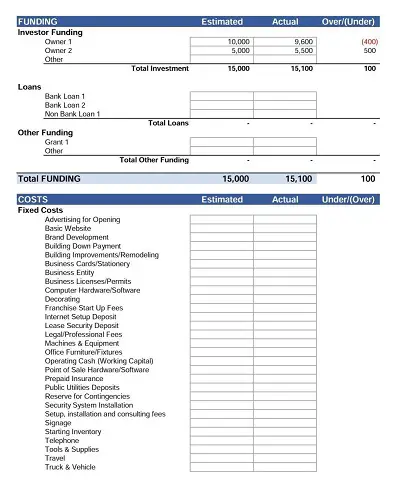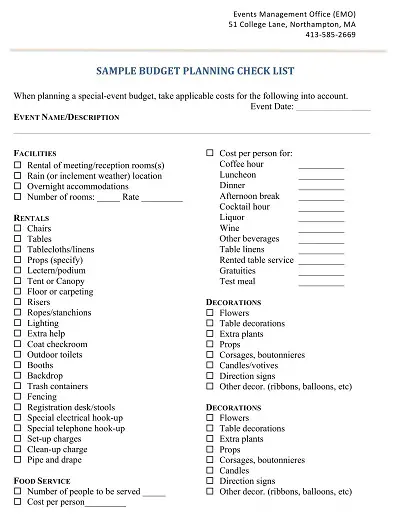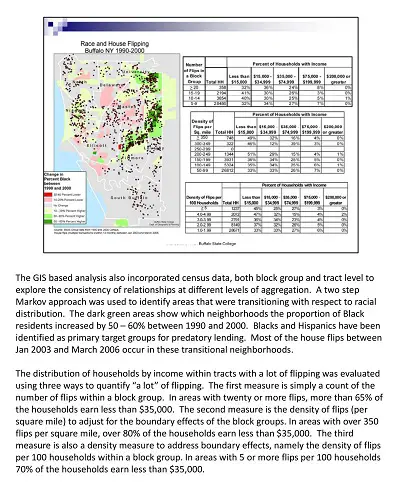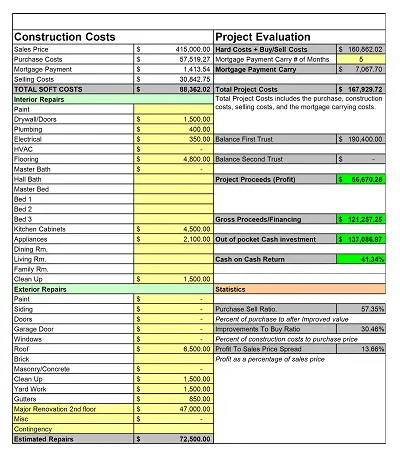06+ Free Simple House Flip Budget Templates – PDF, Excel
House flipping has become a popular way to invest in real estate and turn a profit. However, keeping track of expenses and staying within budget can be a challenge for even the most organized investor. This is where the house flip budget template comes in handy. It provides a clear and concise system for tracking expenses and ensuring Tracking Expenses in a House Flipping Budgetall costs are accounted for.
Table of Contents
With the help of this template, house flippers can better manage their finances and make informed decisions about their investments. Whether you’re a seasoned investor or just starting out, the house flip budget template is an essential tool for anyone looking to succeed in the world of real estate investing.
Download Free Simple House Flip Budget Templates
Importance of a House-Flipping Budget
When it comes to flipping houses, it’s important to have a clear and concise budget in place. Not having a budget could lead to unexpected costs and expenses, ultimately cutting into your profits. By creating a budget, you can set realistic expectations for the renovation process, as well as prioritize which projects should be completed first.
Additionally, a budget can help you stay on track and make informed decisions about where to allocate your resources. Without one, you may be overspending on specific projects, while neglecting others that could have a greater return on investment. In short, a well-planned budget is crucial to the success of any house-flipping project.
Tracking Expenses in a House-Flipping Budget
House flipping is a complicated process that requires a lot of planning, organization, and attention to detail. One of the most crucial aspects of this process is tracking expenses. Whether it’s purchasing materials, paying contractors, or covering other costs, it’s important to keep a close eye on every penny spent. This can be a daunting task, but with the right tools and strategies, it’s possible to stay on top of your budget and avoid overspending.
By keeping detailed records of all expenses and regularly reviewing your progress, you can ensure that your house-flipping project stays on track and stays profitable. So don’t let the thought of tracking expenses intimidate you with a little effort and discipline, you can successfully manage your house-flipping budget and achieve your goals.
Adjusting the House Flip Budget as Needed
When it comes to house flipping, having a solid budget in place is essential. However, even the most meticulously planned budget can come up short. Unexpected expenses may arise, contractor quotes may be higher than anticipated, or materials may cost more than originally budgeted for.
That’s why it’s important to be able to adjust the house flip budget as needed. Flexibility is key in this business, and being able to adapt and make changes on the fly can mean the difference between a successful flip and a financial disaster. It’s important to keep an open mind and be willing to cut costs or make changes when necessary to stay within budget and turn a profit.
How to Create a House Flip Budget Template
If you’re planning to flip a house, organizing your finances should be one of the first steps on your to-do list. Creating a budget template can help ensure that you do not overspend and are able to realize your profit potential. Having a budget template can also help to identify what items need to be at the top of your priority list for repairs and renovation. In this article, we’re going to examine the steps you must take in creating an effective house flip budget template.
Calculate project costs
Before you start any flipping project, calculate the overall cost of the project. This should take into account the purchase price of the property, the closing costs, and any expected repairs or renovations. These calculations will help you to create a budget that is both comprehensive and flexible.
Prioritize areas that need the most attention
After you’ve calculated the costs, prioritize the areas that need the most attention. What are the “must-dos” and what are the “nice-to-haves”? Start by focusing on the most important items and consider cutting back on the latter to save funds.
Conduct research
The easiest way to get an idea of the potential cost of a renovation project is to conduct research. This means seeking out material and labor costs that may come from contractors, architects, or home designers. Remember to account for variables such as costs of materials which will differ from sellers based on location or price.
Identify all the costs
Remember to identify all the costs associated with flipping a house. That includes things such as utilities, permits, and possible pre-sale improvements such as home staging or the hiring of an attorney for the transfer of ownership. Failure to account for all of these costs could potentially leave you with a loss on your project.
Create a spreadsheet
It’s time to put your budget together. A spreadsheet is the best way to do this, as it can easily track expenses and manage any changes in real time. Consider using Google Docs or Excel as these tools can be easily shared or accessed remotely. Make sure you input all of the project costs and associated expenses in this budget template.




